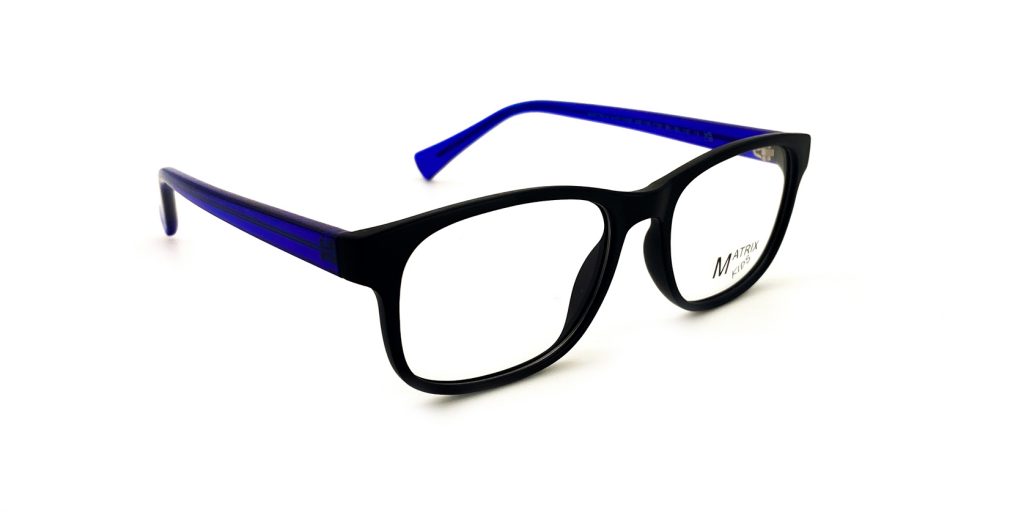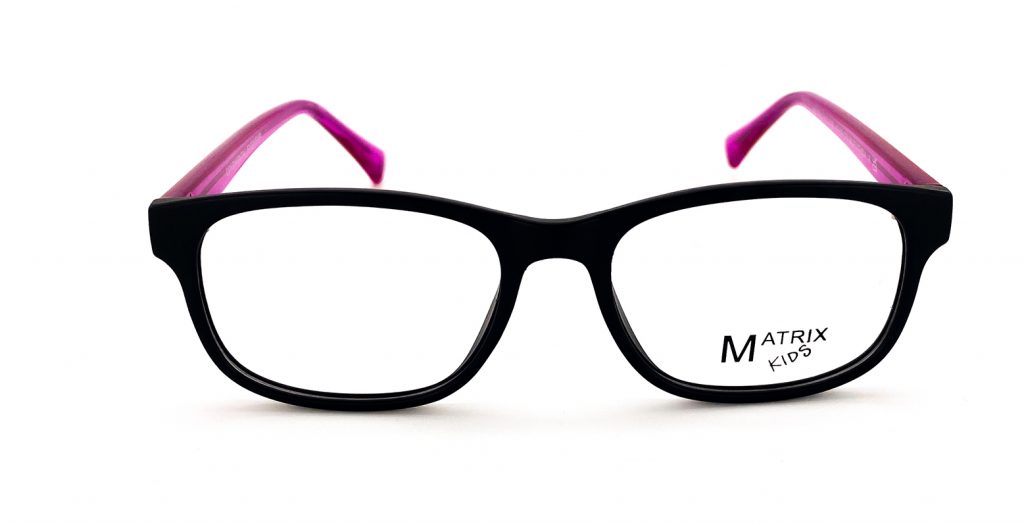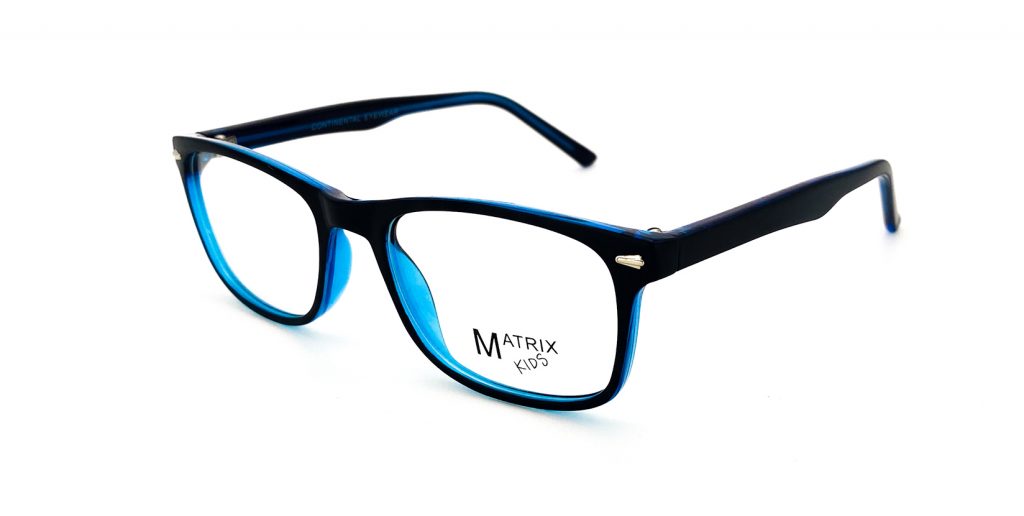Taking a new look at the impact of vision in learning
Is your child struggling with reading? An issue with their vision may be holding them back.
Our Vision in Learning service goes beyond the standard NHS eye test examining everything the eye needs to do to be able to read well. Even if a child has 20/20 vision, there can still be issues with how the eyes work together which can impact on reading skills and limit their potential.
Who would benefit from a
Vision in Learning assessment?
Children who find reading difficult – losing their place, muddling the word order or struggling to concentrate – could have issues with their vision which haven’t been picked up in a standard eye exam.
Our Vision in Learning assessment can identify these, recommending follow-up actions to help make the process of reading easier for your child.

"The optician put him at ease from the start and explained each step of the process to him in an informative way"
How is this different to the standard eye exam?
Reading and writing require very precise eye movement and accurate co-ordination between the two eyes. A standard NHS test will assess the basic eye function and gross eye muscle co-ordination but not the more finite co-ordination between the two eyes which is needed to achieve maximum reading performance.
At a Vision in Learning appointment, we will carry out a full evaluation of your child’s vision. This includes a standard eye examination, to ensure there is no prescription or the prescription that you are currently using is correct and there are no underlying eye health issues.
We will then look at the more intricate aspects required for maximum reading performance.
What does the assessment involve?
Focusing / Fixation / Accommodation accuracy
The focusing system (also known as accommodation) enables clear vision at all distances. It’s essential for copying information from the board (as you need to rapidly change your focus from something in the distance to something near) and maintaining good reading for any length of time.
Convergence
When you read, both eyes must turn inwards to focus on the word being read. The basic eye examination does assess whether this can be done but does not assess whether this can be maintained comfortably and efficiently over any significant length of time.
Binocular vision
While reading the brain ideally needs to combine information received from both eyes equally to make one mental picture.
Tracking
Intricately linked with convergence and binocular vision, both eyes need to continue to maintain a fixed angle of gaze while changing fixation across a page. For example, when you are following a line of text, if the angle of separation between the two eyes differ it’s likely each eye will be receiving different information which can cause confusion.
Visual stress
Also known as Meares-Irlen or Scotopic Sensitivity, this condition can cause reading difficulties, headaches and visual problems from exposure to patterns in text, such as lines of text.
If your child has Special Educational Needs, rest assured our team will work with you to make them as comfortable as possible during their visit.
What happens next?
If any issues are identified during the assessment there are various options which can help, such glasses with tinted lenses, eye exercises or both.
A follow-up appointment is included in the cost for your initial Vision in Learning evaluation. This will normally take place after three or four months to assess progress and identify if any further support is needed.
*Please note if your child is prescribed with glasses as a result of their Vision in Learning assessment you may not be entitled the NHS help towards payment. This is because they would be issued to support eye muscle co-ordination and not necessarily to help improve eyesight.

Visit our frames page


Contact Us
Patrick & Menzies
Braintree
Tel: 01376 320419
Brightlingsea
Tel: 01206 302249
Mersea
Tel: 01206 383455
Manningtree
Tel: 01206 392529
Email: enquiries@patrickandmenzies.co.uk
© Copyright Patrick & Menzies
Website Design: sarahedwardsdesign | Website development: 7-design.co.uk
